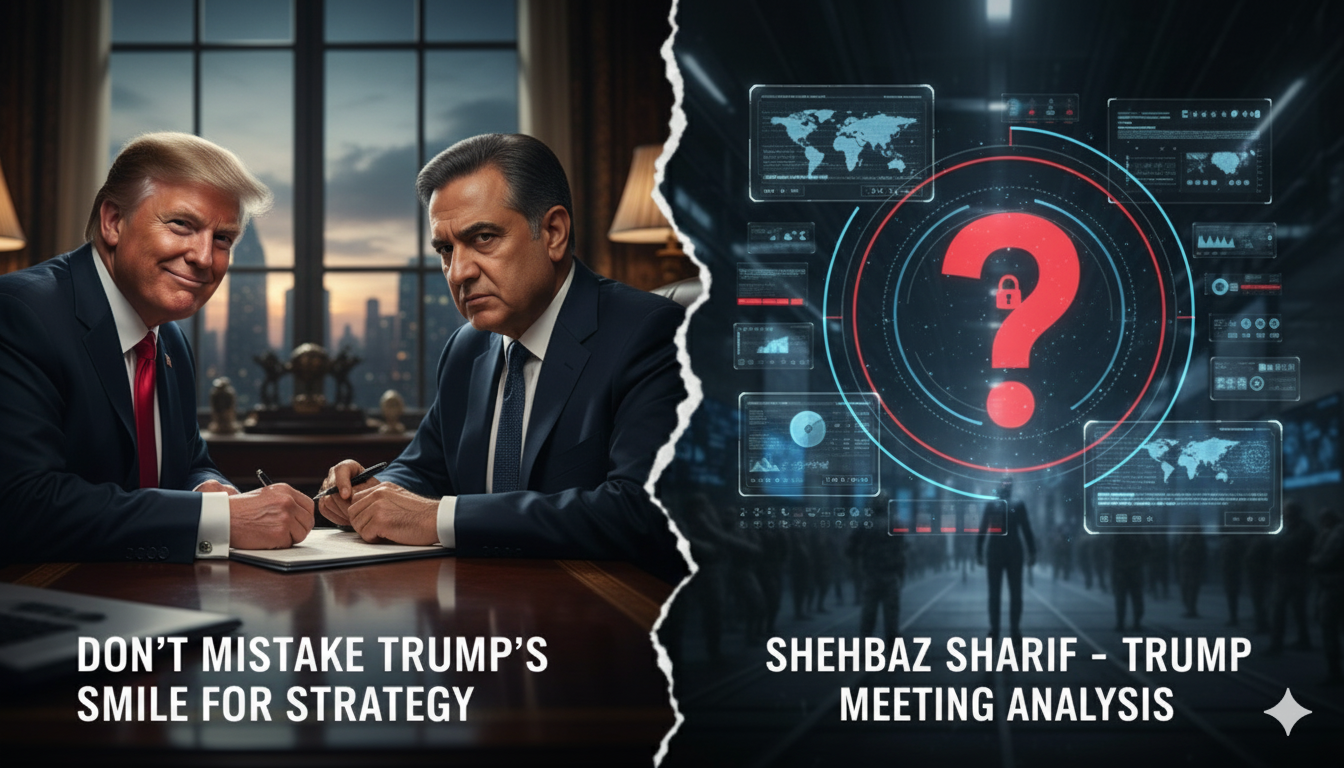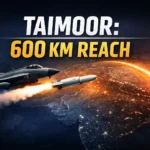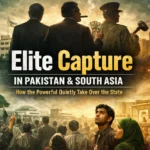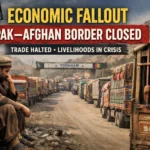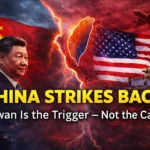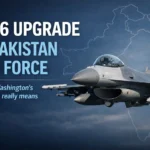By Ch. Haroon Rashid
Prime Minister Shehbaz Sharif’s meeting with U.S. President Donald Trump marked an important moment in U.S.–Pakistan relations, signaling a renewed diplomatic engagement. Trump praised Shehbaz as a “man of peace,” acknowledged Pakistan’s efforts in regional stability, and reaffirmed commitment to bilateral trade and investment talks.
🔍 Strategic Implications of the Trump–Shahbaz Meeting
1. Praise ≠ Policy Shift
While Trump praised PM Shehbaz Sharif, calling him a “man of peace,” this should not be interpreted as a deep realignment or permanent goodwill toward Pakistan. Trump is known for his transactional diplomacy he often praises leaders like Modi, Xi, and Kim Jong-un as a way to extract concessions and maintain leverage.
- Implication: Pakistan must not overinterpret these remarks as unconditional support. U.S. foreign policy in South Asia is driven by Washington’s strategic need to balance India–Pakistan tensions, not by personal relationships.
2. Economic Invitation: Opportunity but with Strings
Shehbaz’s call for American investment in Pakistan and Trump’s positive response may open doors for:
- Private sector deals in agriculture, mining, and energy.
- Potential tariff revisions and expansion of the U.S.–Pakistan trade deal signed in July.
But Trump’s approach is always quid-pro-quo. Pakistan will likely be asked to:
- Provide security cooperation (e.g., Afghanistan counterterrorism efforts, regional stability).
- Guarantee business-friendly reforms that allow American firms to operate profitably.
3. India Factor: A Shifting Equation
Unlike his earlier tenure, Trump has recently turned critical of India and Modi, questioning India’s trade policies, defense deals, and perceived neutrality on global issues.
- This new stance creates diplomatic space for Pakistan to strengthen ties with Washington without the usual fear of U.S. favoritism toward India.
- However, this shift is likely tactical rather than permanent — driven by Trump’s pressure strategy to extract better trade and defense terms from New Delhi. Pakistan should use this window to advance its own strategic and economic agenda, but stay prepared for future shifts if relations with India improve again.
4. Psychological Impact at Home
For Pakistan’s domestic audience, this meeting is politically significant. The sight of Shehbaz and the Army Chief at the White House projects restored relevance in global diplomacy after a period of strained relations.
- However, over-celebration could create false expectations — U.S. praise will not automatically translate into support against India in case of future crises.
5. Middle East & Gaza Context
Pakistan’s alignment with Trump’s Gaza peace plan is a calculated risk:
- It may improve ties with Saudi Arabia, Gulf allies, and Washington, opening avenues for economic aid.
- But it could create domestic backlash among factions opposed to U.S.-backed Middle East initiatives.
🎯 Bottom Line for Pakistan’s Policy
- Stay Pragmatic: Treat Trump’s praise as diplomatic optics, not a guarantee of a pro-Pakistan tilt in Washington.
- Secure Tangible Gains: Convert goodwill into trade concessions, investment projects, and technology transfer opportunities.
- Balance Expectations: Manage public perception by clarifying that this is progress, not a total foreign policy breakthrough.
- Watch India’s Moves: Continue monitoring developments in U.S.–India relations, as future shifts could alter Washington’s South Asia strategy again.
Conclusion
Trump’s warm words for Shehbaz Sharif are diplomatic courtesy, not a strategic shift. While his current criticism of India provides Pakistan with a favorable diplomatic opening, this is still part of a transactional U.S. foreign policy. Pakistan must focus on securing real economic and security benefits, stay pragmatic, and remain ready for changes in Washington’s stance as U.S.–India relations evolve.
This version now accurately reflects the current U.S.–India tension and frames it as a window of opportunity for Pakistan — but with a warning that it may be temporary.
